API 5L Steel Pipe Piles: Applications, Advantages, and Production Process
Steel pipe piles are essential components in modern infrastructure projects, particularly in offshore construction. Among various standards, API 5L steel pipe piles are widely used due to their superior strength, reliability, and adaptability to challenging environments. This article provides an in-depth look into what steel pipe piles are, the API 5L standard, their applications, advantages and disadvantages, as well as the detailed production and inspection processes involved.
What Are Steel Pipe Piles?
Steel pipe piles are structural elements made from steel pipes that are driven or drilled into the ground to support foundations or to serve as retaining walls. These piles are typically manufactured using welded steel pipes, such as SSAW (Spiral Submerged Arc Welded) and ERW (Electric Resistance Welded) pipes. With connectors like mortises and tenons, these piles can be joined together to form circular or arched barriers, making them ideal for coastal and marine applications.
Commonly, steel pipe piles have an outer diameter ranging from 500 mm to 1200 mm and wall thicknesses between 10 mm and 18 mm, although larger or smaller sizes can be customized as needed. These pipes are particularly favored in offshore wharf and harbor construction due to their high load-bearing capacity and resistance to wave and current forces.
API 5L Standard Overview
The API 5L standard, issued by the American Petroleum Institute, specifies requirements for steel pipes used in the transportation of oil, gas, and water. It includes two specification levels:
PSL1 (Product Specification Level 1) – basic quality requirements
PSL2 (Product Specification Level 2) – enhanced chemical, mechanical, and testing requirements
Though initially developed for pipeline applications, API 5L steel pipes are increasingly used as steel pipe piles in marine and offshore construction due to their stringent quality controls and mechanical properties.
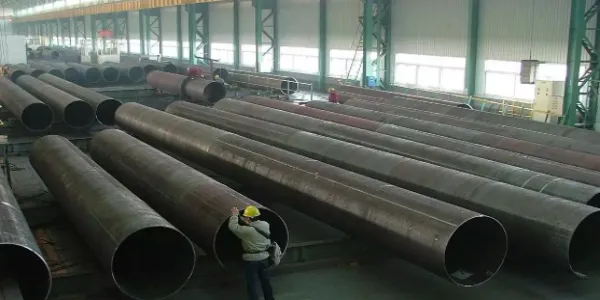
Applications of Steel Pipe Piles
Steel pipe piles are widely used in the foundation systems of offshore structures, such as:
Docks and piers
Sea walls and cofferdams
Marine platforms
Bridge supports
Why Use Steel Pipe Piles Offshore?
Offshore construction environments are characterized by deep water, high waves, strong currents, and potential impacts from vessels. These harsh conditions require foundation systems that are not only structurally robust but also quick and efficient to install. Steel pipe piles meet these demands with ease due to:
High axial and lateral load capacity
Speed of installation, reducing project timelines
Adaptability to variable seabed conditions
Advantages and Disadvantages of API 5L Steel Pipe Piles
1.Advantages
High Strength and Bending Resistance
Steel pipe piles can support heavy vertical loads and resist significant horizontal forces, making them ideal for challenging offshore and onshore environments.
Excellent Elasticity
Their ability to absorb energy helps reduce the impact forces from waves and ships, enhancing the safety and longevity of marine structures.
Ease of Fabrication and Construction
These piles can be manufactured and installed relatively quickly, speeding up overall construction progress, which is crucial in climate-sensitive offshore projects.
2.Disadvantages
High Steel Consumption
Steel pipe piles require 3–4 times more steel compared to reinforced concrete piles, increasing material usage.
Higher Cost
The cost of steel pipe piles is 2–3 times that of concrete piles, making them a more expensive foundation solution.
Corrosion Concerns
Steel is inherently vulnerable to corrosion, especially in saline offshore environments, necessitating additional surface treatments or protective coatings.
Inspection and Testing of API 5L Steel Pipe Piles
Quality control is critical in ensuring the structural integrity of steel pipe piles. Multiple tests and inspections are conducted throughout the manufacturing process:
1. Flattening Test
Conforming to ISO 8492 or ASTM A370, this test checks the pipe’s ductility and weld strength. Samples are flattened with the weld placed at 3, 6, 9, or 12 o’clock positions to ensure even deformation.
2. Hardness Test
If irregular hard zones are found visually, portable testers following ASTM A956, A1038, or E110 are used. Testing ensures that pipe hardness complies with ISO 6506, 6507, or 6508.
3. Hydrostatic Pressure Test
To verify leak-tightness under pressure, pipes are filled with water and pressurized. For diameters <457 mm, the stabilization time is ≥5 seconds; for >457 mm, it is ≥10 seconds. Testing machines must record both pressure and holding time.
4. Dimensional Inspection
Outer diameter and wall thickness are measured every 4 hours using tape, micrometers, or optical tools. Disputes for pipes >508 mm are resolved with a steel ruler.
Summary
API 5L steel pipe piles play a vital role in modern offshore and marine infrastructure due to their high strength, elasticity, and adaptability. While their higher cost and corrosion risk pose some challenges, these can be managed through proper design, material selection, and surface treatment.
With rigorous production and inspection procedures, API 5L steel piles ensure safety and reliability in the most demanding environments—making them a trusted choice for offshore platforms, harbors, and deep-water foundations.
FAQ – API 5L Steel Pipe Piles
1. What is API 5L used for?
API 5L is a standard for steel pipes used in oil, gas, and structural applications, including offshore piling.
2. What’s the difference between PSL1 and PSL2?
PSL2 has stricter requirements for strength, toughness, and testing compared to PSL1.
3. Can API 5L pipes be used as piling pipes?
Yes. Their high strength and good weldability make them ideal for marine and structural piling.
4. What sizes are common for pipe piles?
Typical diameters range from 500 mm to 1200 mm, with wall thickness from 10 mm to 18 mm.
5. Are steel pipe piles resistant to corrosion?
With protective coatings (e.g., epoxy, galvanizing), they can resist marine corrosion for decades.
6. How are steel pipe piles tested?
Through flattening, hardness, hydrostatic pressure, and non-destructive testing per API 5L standards.






 English
English Español
Español بالعربية
بالعربية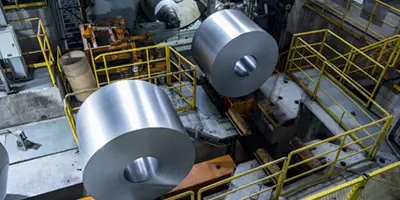
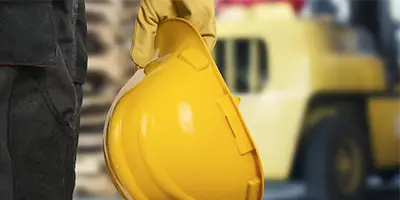
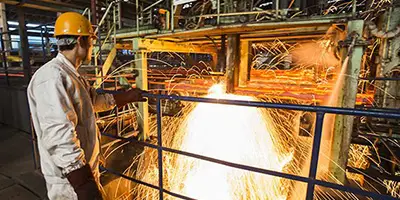
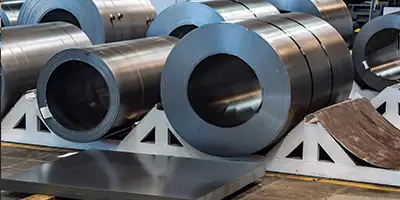

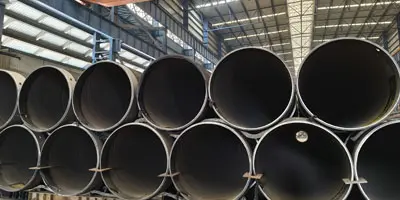
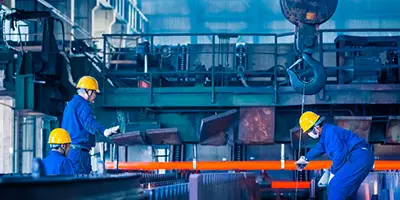
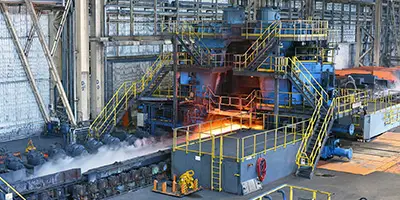
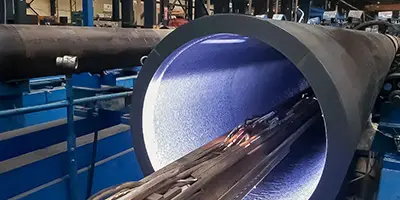
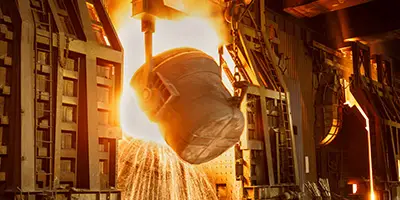
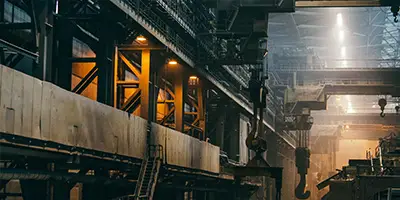

 Phone :
Phone :  Whatsapp :
Whatsapp :  Email :
Email : 


